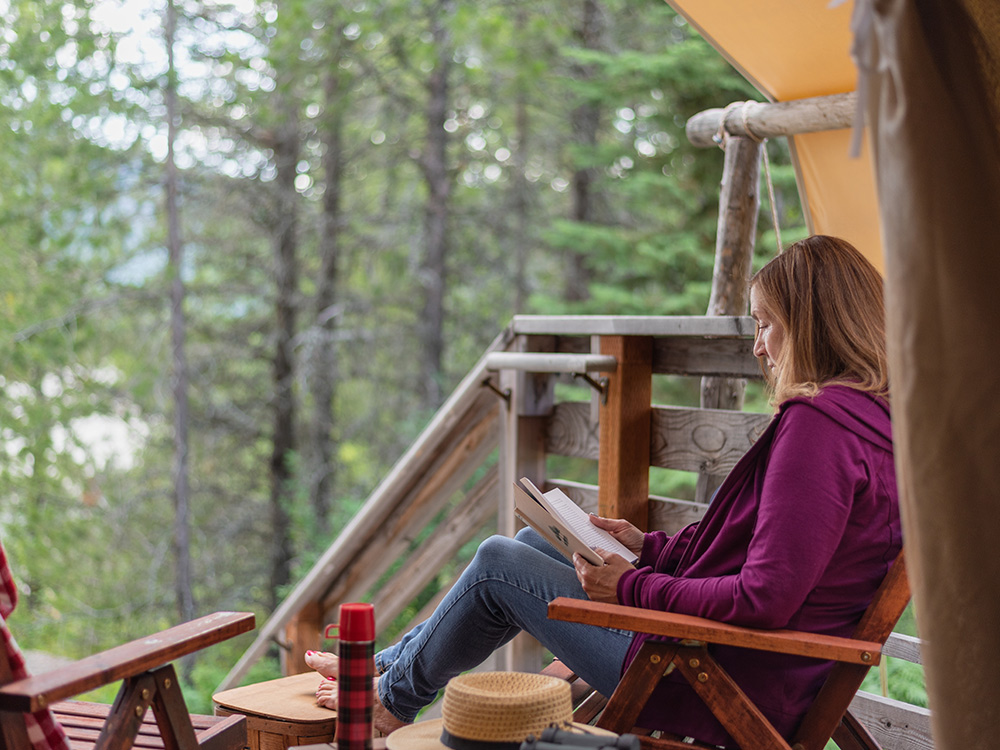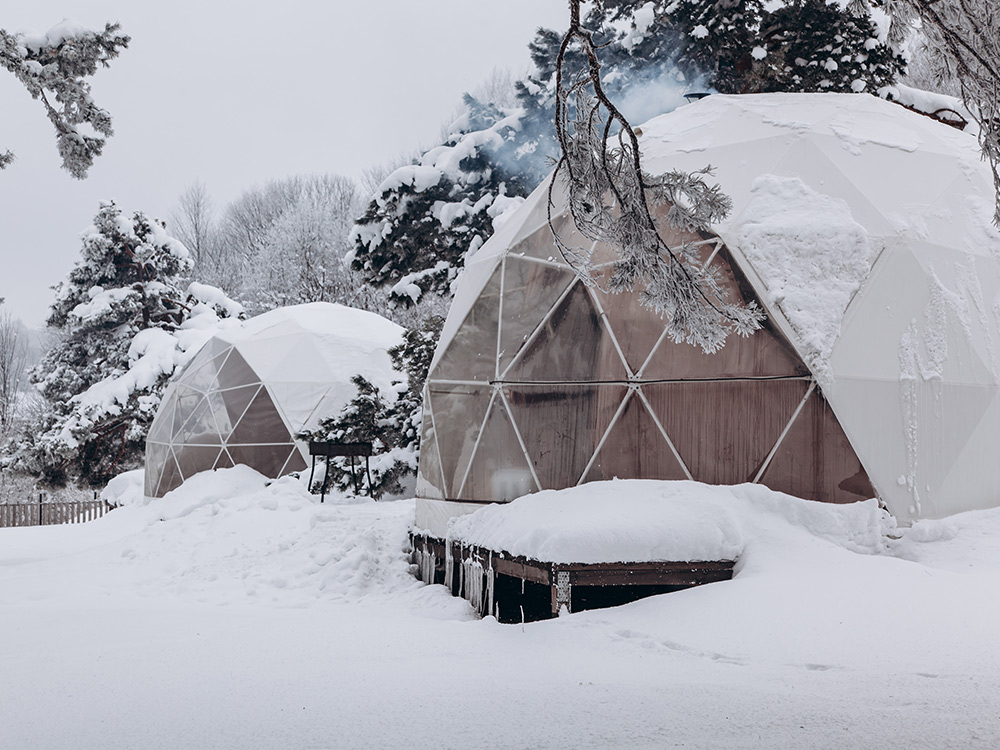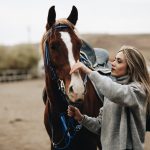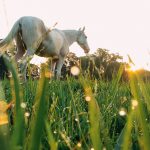Benefits of Brushing Down a Horse
Brushing a horse is easy and crucial. It keeps their fur clean and healthy. And it helps you spot wounds or lumps. There are even more benefits! Let's check them out:
- Helps to remove dirt, dust, and debris.
- Stimulates the production of natural oils.
- Improves circulation and stimulates the skin.
- Promotes healthy growth of their fur.
- Helps to distribute protective oils over the coat.
- Reduces the risk of developing skin problems.
Remove dirt and debris
Brushing a horse is key to good horse care. The main aim is to get rid of dirt, debris and anything stuck in their coat and mane, as well as from the bridle and saddle. It enables the horse's skin to breathe – which is essential for their wellbeing. Take care to prevent damaging the coat or skin.
Start by using a soft brush and comb to get rid of dirt that can be seen. Then use metal curry combs to remove caked-on dirt. Use gentle strokes, as too much pressure could hurt the horse.
For extra scrubbing, use hard brushes made of
boar bristles or synthetic materials on legs and tail. Be careful not to press too hard as nerves may be near the surface.
Finally, use softer brushes like
body or finishing brushes on sensitive areas, like face/head and around eyes/nose/ears. Follow up with massage techniques like
‘loosening muscles’. After each stroke, press those same points gently with your fingertips for the best results.
Stimulate circulation
Brushing your horse with a body brush is essential for their health. Don't forget to brush legs and head too – this will help
stimulate circulation. This increased circulation helps oxygen-rich blood flow, bringing essential nutrients and minerals.
Brushing also helps maintain a glossy coat by removing dust, dirt, loose hairs, and dead skin cells. It encourages the secretion of
natural oils, which moisturizes the hair follicles. Brushing also helps get rid of knots and tangles in the mane or tail – giving your horse a neat look.
Strengthen the bond between horse and handler
Brushing down a horse is not just for physical benefits. It strengthens the bond between the horse and its handler. Start with the neck, withers, and shoulders.
Sensitive areas, so be gentle and use light pressure. Touching your horse reduces stress and builds trust. When brushing the flank, increase speed while keeping the brush in contact.
Groomers use brushing to get to know their horses. They may spot breaks in hair coats or abnormalities like lymph nodes. This can help identify potential problems before they get worse. Grooming is beneficial for physical health, and for spotting issues.
Tools for Brushing Down a Horse
Brushing down horses is essential. But, how to do it? What tools to use?
Dandy brushes, body brushes and more! To get your horse looking great and feeling healthy, here's what you must know about brushing down horses and the tools needed:
- Dandy brushes: Used to remove dirt and dust from the coat.
- Body brushes: Used for a deeper clean and to remove dirt and sweat.
- Finishing brushes: Used to give the coat a smooth, glossy finish.
Curry comb
A curry comb is a grooming tool. It helps remove dirt from a horse's coat and stimulates their skin. It's a circular brush with hard rubber or plastic. It fits in your hand.
Start at the neck. Move the tool in circles over each area of the horse’s body. Overlap your circles. Loose hair and dirt will appear on the coat. The horse should enjoy this
massage-like experience. Pay attention to make sure they're comfortable. Regular use will keep their skin healthy and keep dirt, lice and parasites away.
Dandy brush
A dandy brush is a round-headed brush, between a face brush and body brush in size. It was developed to remove dirt from an animal's coat. This type of brush is most commonly used when brushing down a horse. It has
stiff bristles, usually with wooden or plastic backing.
It can be used in both
warm and cool climates. You can use it to remove dirt, dust, and sweat. It is also used to remove straw and hay that gets stuck on a coat during stalls rest periods.
When grooming horses, always
work up towards the body instead of down. This can prevent irritating sensitive areas such as around the ears, legs, or belly.
Body brush
A body brush is a tool with stiff bristles. It helps remove dirt, dust and hair from a horse's coat. It also boosts circulation and stimulates the horse's skin,
promoting healthy coat growth.
The body brush has an outer side with longer bristles and a softer side with shorter bristles.
- Brush in the direction of the hair growth. Then reverse direction to pull out any remaining dirt or hair.
- Use long strokes. Start in a massage-like manner. Don't be too hard. But be strong enough to get into the hair shafts and remove debris.
Mane and tail brush
A mane and tail brush is perfect for your horse! It's wide and soft, with long, flexible bristles. These
bristles are firm, able to get through the hair without pulling. For tight tangles, use your hands to separate the hair before brushing. This type of brush
won't harm your horse's hair or skin with regular use.
So,
brush away – as
often as needed!
Steps for Brushing Down a Horse
Giving your horse a brush-down is necessary for proper care! It keeps their coat healthy and free of dirt and debris. Additionally, it spreads natural oils throughout the fur, which gives them a
nice shine for when they are in the show ring or out in the field.
Here's an article with all the steps you need to give your horse the pampering they deserve:
- Step 1
- Step 2
- Step 3
- Step 4
- Step 5
Start with the curry comb
It's vital to use the correct tools to guarantee your safety, plus the horse's comfort. The
curry comb is a great place to start. It has metal prongs, usually shaped like a plastic flea comb, which lets you brush through the horse's hair without putting on too much pressure. Use
round movements when brushing to avoid any pain or irritation.
You can also employ a
body brush, which is gentler and has no prongs. Always begin at the neck and work your way to the tail and legs; lots of horses are very ticklish on their underside!
If the horse has a thick coat or doesn't like too much brushing, you can use a
soft bristle brush after the curry comb. Make certain all its coat is evenly groomed; take extra care at all of its sensitive areas such as around its legs and face.
Last but not least, it's important to brush down any mane or tail with either a
detangling spray or mousse. This will help condition any knots and make it more manageable significantly.
Move to the dandy brush
Once the body brush is done, switch to the
dandy brush. This brush is smaller and firmer, for a better clean. Begin with the horse's
shoulder and back. Then go to their
underline and hindquarters. Make a circular motion with the brush to work on the dirt. Move towards the horse's head,
never the opposite direction. This can hurt the coat and
irritate the skin.
Utilize the body brush
The body brush is essential for horse grooming. It's used to take away dirt, dust, fallen hair, and other stuff from the horse's coat. When brushing, use
long, even strokes in the direction of the hair's growth. This helps to spread natural oils over the coat.
Start on the least sensitive areas, then move to more delicate places, like the belly and legs. The bristles must be
stiff but not rough, to remove dirt without hurting the skin.
After brushing, use a rag or soft brush to wipe away any excess. Finally, store the brushes properly for next time!
Finish with the mane and tail brush
When you finish brushing your horse's coat, move onto the
mane and tail. Use a soft brush like a
rubber mitt or a
mane and tail brush with softer bristles. Begin near the horse's rump and brush from top to bottom – it will help remove dirt and distribute natural oils.
If you meet knots, use
detangling balm and conditioner, but don't use too much or it'll weigh down the mane and tail. When done, the mane and tail should be
sleek and full.
Additional Tips
Brushing your horse?
Vital! Use the right technique. Maximize the effects of grooming.
Necessary part of horse grooming?
Yes! Do it regularly.
Let us discuss why we
brush down horses. And offer tips for successful brushing.
Brush in the direction of the hair growth
When brushing a horse, start out with a softer brush, such as a
body or dandy brush. Brush in the direction of the hair growth to lift out dirt and grime. Then use a harder brush, like a
finishing or polishing brush, to smooth the coat and add a glossy finish. If you brush in the
opposite direction it can irritate the horse.
Take regular breaks so as not to cause friction and break the mane and tail. Pay attention to
bony points and sensitive spots. Make sure you have all the necessary tools before you start. Each part of the coat needs a different texture of brush and pressure!
Check for any bumps, lumps, or sores
When you brush a horse, take your time. Inspect it for
bumps, lumps, or sores. These may be hard to spot, due to the fur. Be sure to check it
carefully. This is important if your horse was injured. Sometimes the sores aren't visible. Use your hands to
feel for abnormalities. If you find any, consult a vet. Find out what action to take before grooming the animal.
Always brush the legs last
Brushing down a horse requires attention to order. This guarantees the animal's comfort and makes grooming tasks simpler.
Begin with a metal curry comb to brush off dirt and debris. Then, use a body brush or dandy brush to remove dirt from the coat, particularly around manes, tails and saddle areas. Lastly, take care of the legs.
- Use a stiff brush in short, horizontal strokes from mid-cannonbone to the coronet band.
- Finally, use softer bristles for downward strokes.
This order helps prevent discomfort as it reduces pressure on sensitive areas like the ankle joints during grooming.
Always check for lumps and bumps when grooming the legs!
Use a soft brush on the face
For grooming a horse, be sure to use the right equipment. Use a
stiff-bristled body brush for the overall body, but switch to a
soft brush for sensitive areas like face, ears and legs. Soft brushes are also good for between and around hooves.
When brushing sensitive areas,
don't be too vigorous. Check your horse's facial expression and stop if they seem uncomfortable.
Also, get your horse used to having their head handled.
Practice regularly and reward with treats when needed, so they become more comfortable with being touched in these areas.
Frequently Asked Questions
Q: Why do you brush down a horse?
A: Brushing a horse down helps remove dirt and debris from their coat, while also helping to distribute natural oils and stimulate circulation in the skin. It also helps to keep the coat healthy and shiny, while also helping to keep the horse free from uncomfortable tangles and mats.
Q: How often should I brush down my horse?
A: Generally it is recommended to brush a horse at least once or twice a week. However, if your horse is particularly dirty or muddy, then you may need to brush more frequently.
Q: What type of brush should I use?
A: There are a variety of brushes that can be used to brush down a horse. A stiff brush, such as a body brush, is typically used first to remove dirt and debris. Then, a softer brush, such as a dandy brush or a soft brush, is used to finish off the job and help distribute natural oils.

